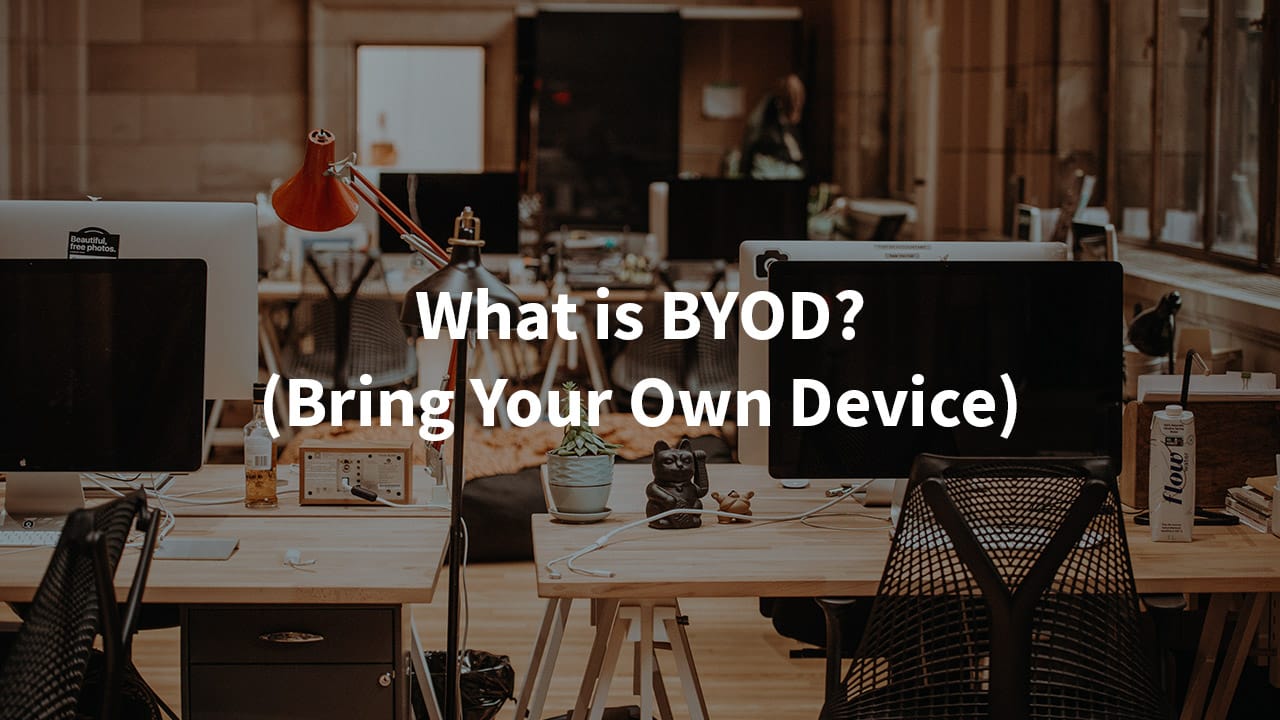Bring-your-own-device refers to the growing trend of employees bringing their personal devices into the workplace. This extends not only to smart phones but also encompasses the breadth of IT consumerization becoming a workplace mainstay via tablets, USB drives, laptops and beyond.
Though BYOD may present potential benefits for both employers and employees, BYOD also creates significant obstacles for IT. Without the proper systems in place, it can even pose a threat to the security of your corporate network.
How can you ensure security over your endpoints and for your network while delivering virtual apps and desktops when your workers are eagerly bringing their own personal technology into the workplace?
The Challenges
How Do You Manage the Data?
Corporations and organizations that want to implement BYOD still must contend with the massive amounts of data that are being stored on the personal endpoint device. When personal technology is brought into the workplace, it becomes inherently difficult to separate what data is personal from what is work. For this reason, data management becomes a major concern.
Malicious Applications
The last thing you want in your corporate network is risky third party applications. With BYOD, however, it seems inevitable that your user may bring a harmful application into your network, thereby opening it up to a security risk.
Lost Or Stolen Devices
In the case of your employees losing their personal devices (an event that you really have zero control over), or that you lose the employee for whatever reason, all that data and information from your network becomes compromised. Even worse, your employees could be the target of theft for the reason of gaining access to confidential information.
BYOD in a VDI Environment
Additional difficulties exist when BYOD is coupled with your VDI. How does IT enable personal devices with their own native operating systems access to virtual apps and desktops that are housed in the server solution or in the Cloud?
The Opportunities
Despite these difficulties there are many reasons why systems admins might want to allow BYOD. These include:
Remote Work
Today, many workers expect and/or benefit from performing necessary work functions from their home office. BYOD is the natural option for remote workers, and indeed makes it possible for them to work from any device that they have available, in any way they are most comfortable or productive working.
Mobile Work
BYOD also enables mobile workers. Even when not working from a home office, or in the situation where mobile work is necessary, workers have the ability to access their apps and data via personal devices. The convenience BYOD enables for mobile workers has the potential to be a massive productivity booster.
Cost Effectiveness and Employee Satisfaction
Employees have reported being happier and more productive when they are able to use their own devices. In fact, the growing and evolving workforce not only benefits from the flexibility that BYOD affords, they have begun to expect it.
Lastly, it helps your organization’s bottom line. Enabling BYOD has the potential to cut down on the costs of purchasing all new devices for your entire workforce. Every personal computer that an employee is able to use is one less PC, laptop or Thin Client that needs to be purchased.
The Solution
NoTouch is the Solution of Choice for BYOD
Luckily, Stratodesk is the solution perfect for BYOD. Our secure, minimal footprint and Linux based OS can be easily booted from any USB stick or Pen Drive in order to grant workers safe and secure access to their virtual apps and desktops wherever and whenever they need them. When booted live, NoTouch OS will have no lasting impact on the personal device, and will not overwrite the device’s native OS.
How is this Done?
Live Boot with USB or Pen Drive
Simply set up your boot medium, such as a USB or pen drive and let your device boot NoTouch from the boot medium. You’re now ready to benefit from using NoTouch Desktop!
NoTouch Desktop Enables BYOD
NoTouch Desktop eliminates the need not only for you to purchase overpriced Thin Clients, but also any additional hardware. Unlike other businesses that only allow BYOD for those who purchase pricey hardware add-ons, we have this important functionality built right into our software.
NoTouch eliminates the main obstacles facing BYOD deployments by eliminating the data management issue, fighting third party applications, drawing a red line between user space and corporate space, and preventing any sensitive corporate data from being stored on the endpoint itself.

